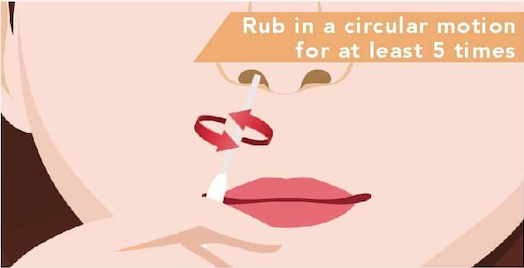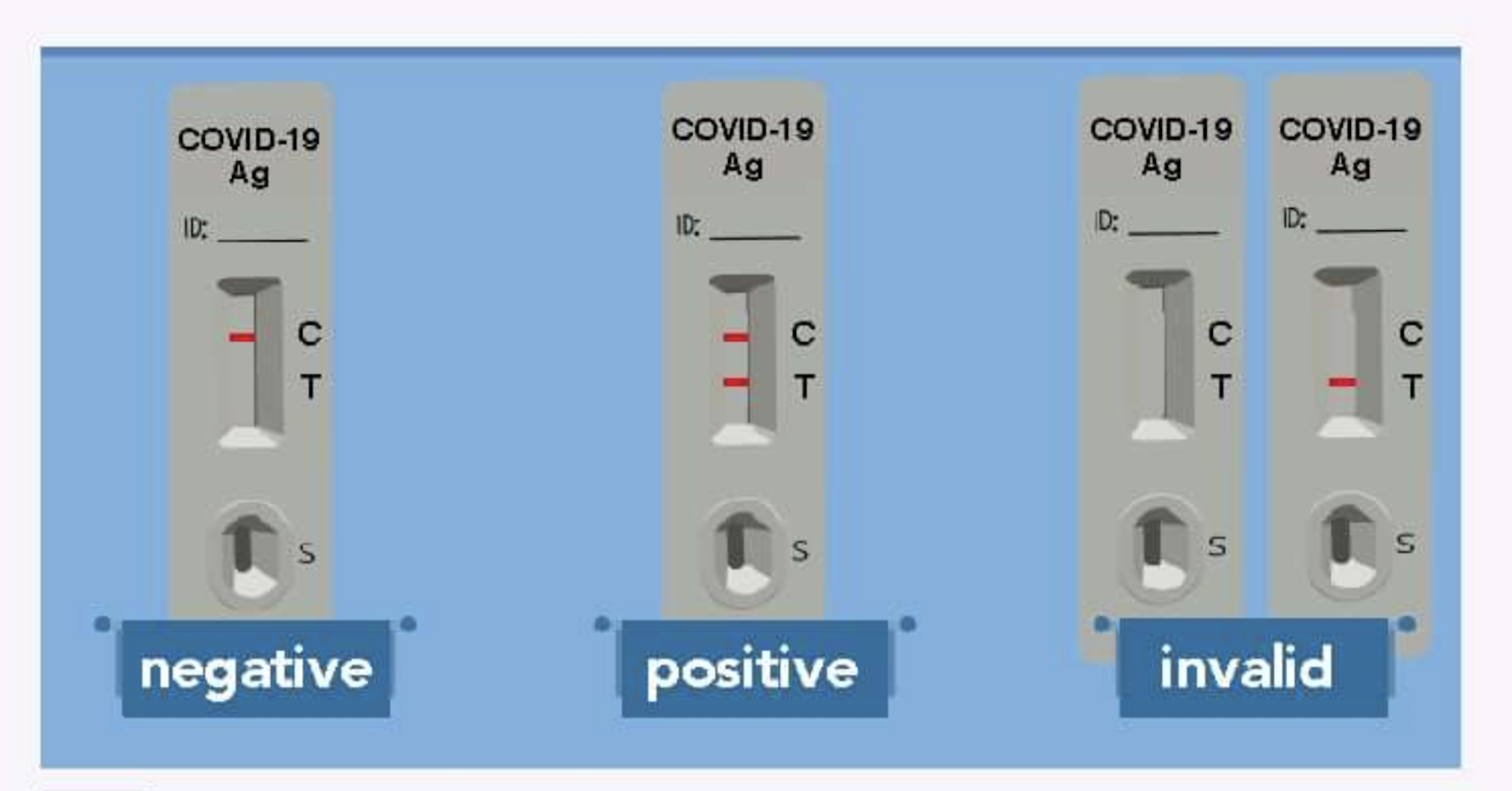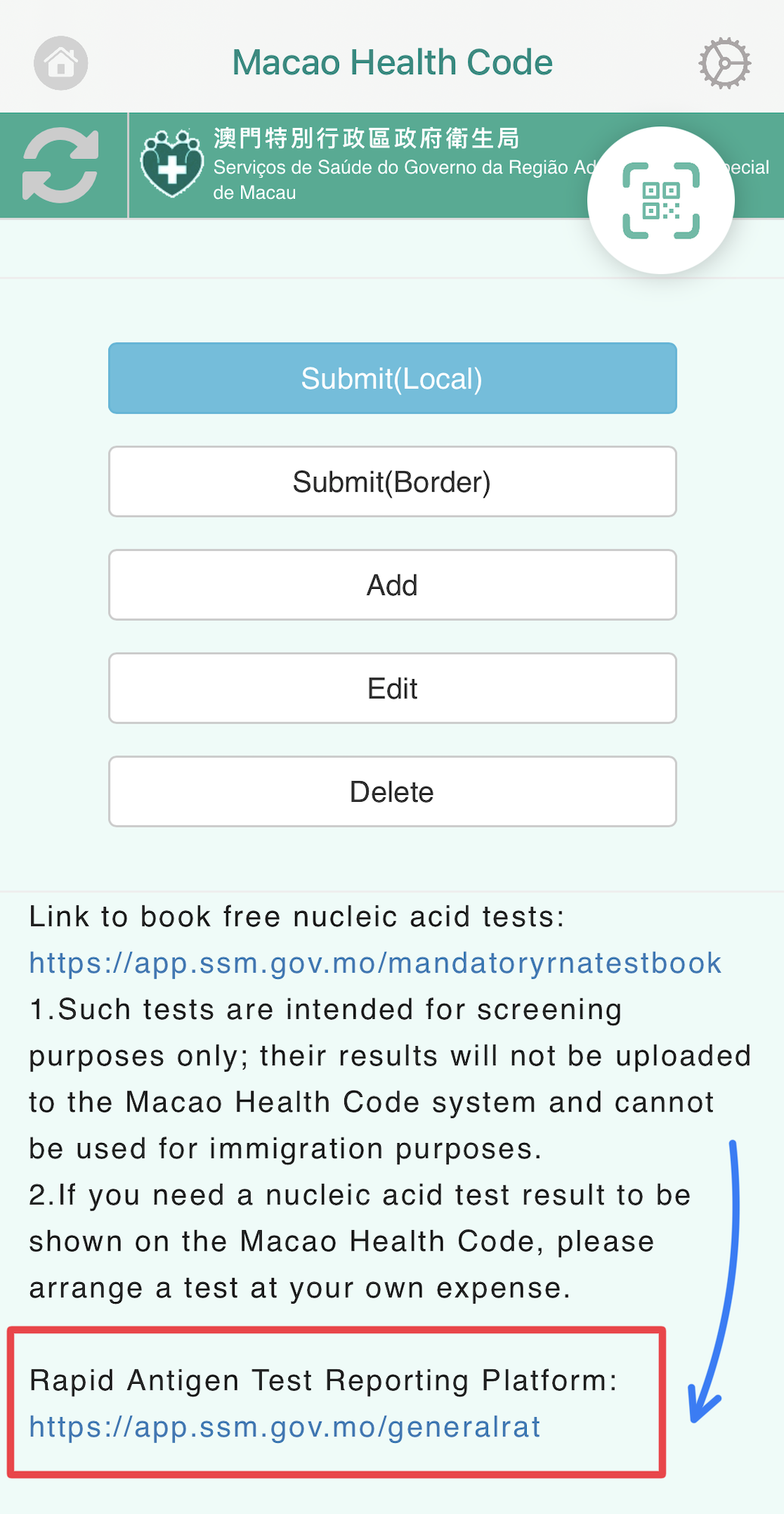Everyone in Macao is required to test themselves for Covid-19 using rapid antigen test (RAT) kits before going out to get tested at nucleic acid testing (NAT) stations in order to prevent those who possibly have the virus from being in crowded places.
Batches of RAT kits have been handed out during each of the mass testing drives. In this guide we explain what these are, how to use them properly and how to register your result.
Make sure to bookmark this page for the latest self-testing regulations.
CONTENTS
1. What are rapid antigen tests?
2. What’s the difference between a nucleic acid test and a rapid antigen test?
3. Which one is more accurate?
4. What are the benefits of taking a rapid antigen test rather than a nucleic acid test?
5. When should I use the rapid antigen tests I received?
6. How do I use rapid antigen tests?
7. What do my results mean?
8. I tested negative, what do I do now?
9. I tested positive, what do I do now?
10. How do I register my result?
1. What are rapid antigen tests?
RATs, just like nucleic acid tests (NAT), are used to detect the Covid-19 virus in your body.
2. What’s the difference between a nucleic acid test and a rapid antigen test?
NATs are molecular tests, meaning they test the collected sample (such as from the nose or from the throat) for the presence of the RNA (aka nucleic acid) component of the virus. NATs are what have been used in Macao since the start of the pandemic for community-wide mass testing.
Rapid antigen tests utilise what’s known as the polymerase chain reaction technique. This is the first time they are being distributed en masse to the public. Samples are collected from the nose.
3. Which one is more accurate?
Nucleic acid tests are more accurate than rapid antigen tests. A study run by the Stanford University School of Medicine found that rapid antigen tests caught 63 per cent of positive cases, meaning that it produced some false negatives. However, rapid antigen tests produce more accurate results for those with large viral loads of Covid-19, meaning they are especially useful for detecting when an individual is highly contagious.
4. What are the benefits of taking a rapid antigen test rather than a nucleic acid test?
A nucleic acid test requires your sample to be taken by a trained professional at a designated location. Your sample is sent to a lab and results can take up to 24 hours.
Rapid antigen tests can be self-administered at home and results are produced within 15 minutes making them an efficient way to determine whether or not you have the virus while minimising contact with others.
5. When should I use the rapid antigen tests I received?
Everyone in Macao must undergo a self-test and upload their results on the Macao Health Code before going out in public to do a NAT.
Prior to this, only those who were in the same testing stations at around the same time as those who tested positive had to use the RAT kits. Click here for an updated list of affected testing stations and appointment times.
6. How do I use rapid antigen tests?
Preparation
– Wash your hands and clean any surface you’ll be working on
– Make sure that your rapid antigen kit is not damaged and double check it is not expired

– Inside the package you’ll find the following (refer to figure above):
– Kit instructions
– Swab (1)
– Buffer solution (2)
– Test device (3)
– When opening the package, avoid touching the tip of the swab

Sample collection
– Remove the cap of the tube with the buffer solution and place the tube on the dedicated tube holder spot on the box. Be careful not to spill any of the liquid
– Grab the swab, tilt your head back slightly, insert the swab 2-3 cm deep into your nose
– Rub the swab in a circular motion against the inner wall of your nostril at least five times
– Repeat this step for your other nostril
Testing your sample
– After collecting the sample, immediately submerge the swab tip into the buffer solution
– Squeeze the bottom of the tube gently while swirling the swab a few times
– Keep the swab submerged in the solution for about one minute
– Take out the swab and place the cap back on the solution tube
– Slowly squeeze out the specified amount of the buffer solution (different brands recommend different amounts) into the sample well on the test device
7. What do my results mean?
Wait 10-15 minutes before reading the result. Results recorded before or after this time period will be considered invalid.
Negative – A red line next to the letter C (control line)
Positive – Red lines on both the letters C and T (test line)
Invalid – No red line next to the letter C

8. I tested negative, what do I do now?
Write your name and the sampling date on the test swab. Take a picture of the swab once the result has appeared and register your result on the Macao Health Code (see below).
Put all the used equipment from the kit into a plastic bag, seal it and dispose of it in the garbage.
9. I tested positive, what do I do now?
Write your name and the sampling date on the test swab. Take a picture of the swab once the result has appeared and register your result on the Macao Health Code (see below). Compile all testing materials in a sealed plastic bag.
Call an ambulance (119, 120 or 2857 2222) to the Conde de São Januário General Hospital for a nucleic acid test to confirm the result whether or not you are displaying symptoms. Give the plastic bag with your sampling kit to medical personnel for proper disposal.
10. How do I register my result?
Use this link to register your result with the Macao Health Code (whether it’s positive or negative).

Fill in your information, state your result and upload a picture of the swab.
If you declare a positive result, your Health Code will turn red. If you made a mistake, you have 15 minutes to correct the declaration.
For more information, visit the Health Bureau’s dedicated rapid antigen test website.







